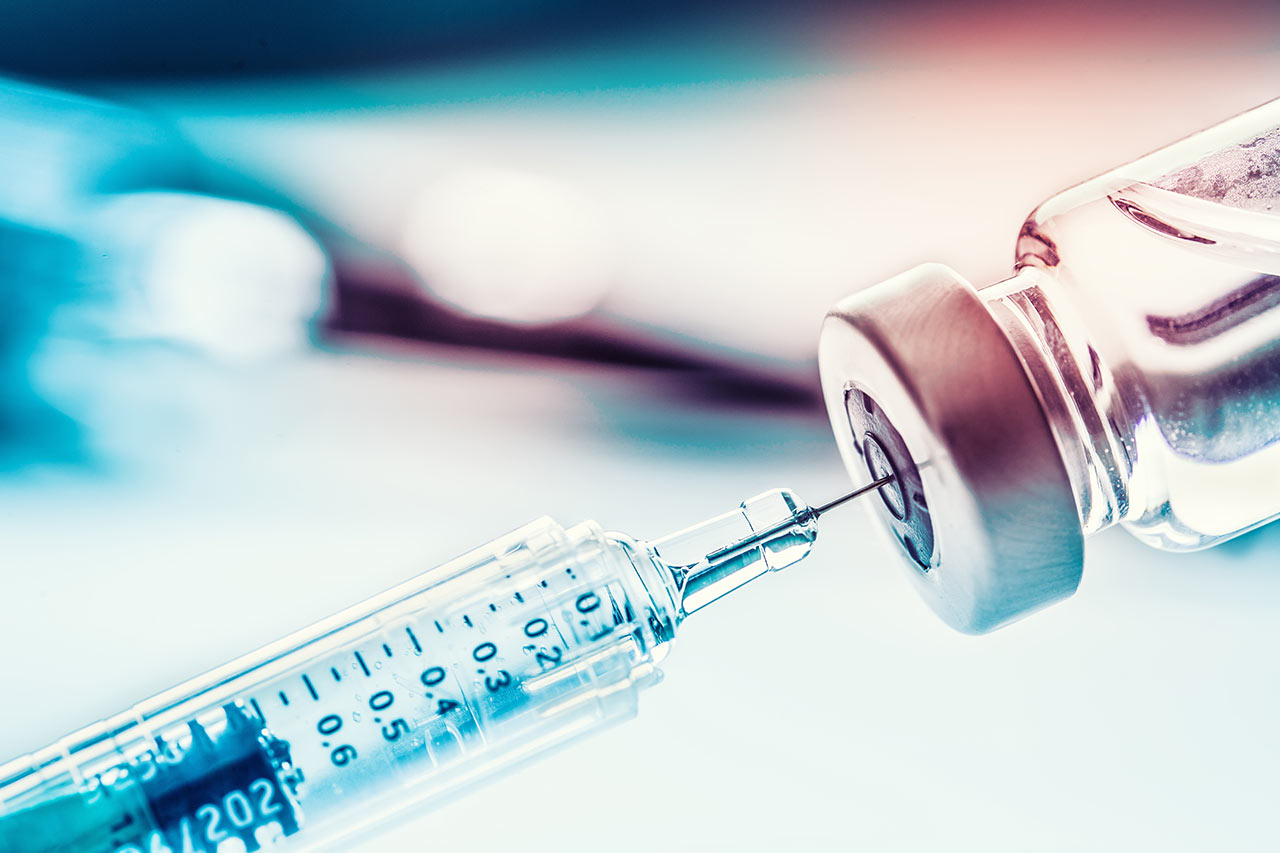How vaccine development is being fast-tracked in response to COVID-19

The World Health Organization declared a global pandemic on March 11, 2020. The decision was prompted by the severity, level of spread and lack of action stop the spread of COVID-19. Ever since, stakeholders from across the pharmaceutical industry and beyond are joining the race to help develop a vaccine or therapeutic to combat this global threat. Alcimed outlines some key elements that are being utilized to fast-track vaccine and therapeutic development against COVID-19.
Typical vaccine development takes approximately 10.71 years
Currently, the average vaccine requires a development timeline of 10.71 years when taken from the preclinical phase to market registration. In addition, the probability of market entry is only 6% [1]. However, vaccination remains the most cost-effective strategy to combat infectious diseases, whether prophylactic or therapeutic.
A vaccine for COVID-19 is predicted to be available in the next 12-18 months
While the timeline for a vaccine for COVID-19 may be perceived to be long by the public, this is unprecedentedly fast. Historically, timelines for developing vaccines for other outbreaks took much longer than 18 months. For example, a vaccine for Ebola virus disease (EVD) following the 2014-2016 outbreak took almost 5 years until a licensed product was available. Therefore, an 18-months seems like an optimistic timeframe, but may be feasible by utilizing new technologies available.
Repurposing prior studies and work on related coronaviruses are accelerating vaccine development for COVID-19
COVID-19 belongs to the family of coronaviruses that causes similar respiratory disease as severe acute respiratory syndrome (SARS) and Middle East respiratory syndrome (MERS). In order to quickly advance potential vaccine candidates, companies, are repurposing previous work on SARS and MERS. For Sanofi Pasteur in particular, this includes utilizing a recombinant DNA platform to produce a novel COVID-19 vaccine candidate to produce the exact genetic match to proteins found on the surface of the virus. Using previous development work from SARS and MERS may allow for rapid upscale production of the optimal vaccine candidate.
Computational analysis could fast-track the time to trials, but also ensure a long term solution
Although solutions for immediate use are needed, a long-term solution should also be considered when developing a vaccine. Companies such as EpiVax are attempting to ensure a vaccine for COVID-19 mounts a strong T cell-based response against selected conserved epitopes in order to offer a better chance at overcoming viral variability. In silico epitope prediction and design tools will be employed to identify these targets. Subsequently, a combination of T cell epitopes from the virus can then be brought together to develop a coronavirus therapeutic to help infected patients in the current COVID-19 pandemic, but also allow for us to be prepared for the emergence of related coronaviruses in the future.
In the meantime, in vitro technologies are aiding the search for a therapeutic option and could shave several years from traditional development timelines
While a vaccine is highly anticipated, therapeutic options are necessary in the meantime. Currently, existing FDA-approved drugs and drug combinations are being repurposed for therapeutic use in patients positive with COVID-19 to attempt to prevent the progression of the infection (NCT04324463). Institutions, such as the Wyss Institute are utilizing Organ-on-a-Chip technology, specifically human Lung Chips, to recapitulate human lung pathophysiology including response to infection with high fidelity. The ability to emulate infection allows for the technology to be used as a testing platform to discover drugs that could inhibit SARS-CoV2 infection.
Preventive and therapeutic strategies against COVID-19 are needed, on the way and are being fast-tracked by utilizing new technologies. How these methods compare to traditional development protocols is to be determined and will be seen in the clinical data when available. However, the challenge of COVID-19 is here and these developments, computational and in vitro strategies are key to pushing forward in meeting the accelerated timeline to a COVID-19 vaccines and treatments.
About the author
Je’lyn, Consultant in Alcimed’s Healthcare team in the USA
[1] Pronker, E. S., et al, 2013
Do you have an exploration project?
Our explorers are ready to discuss it with you